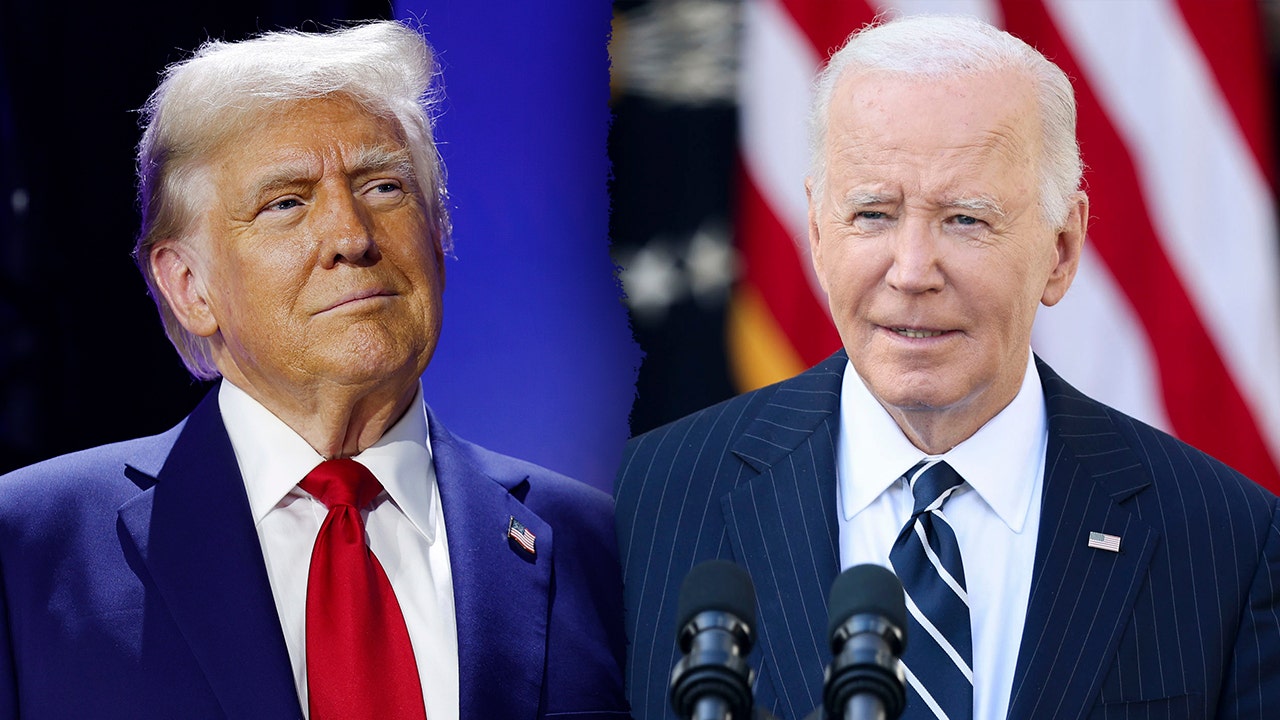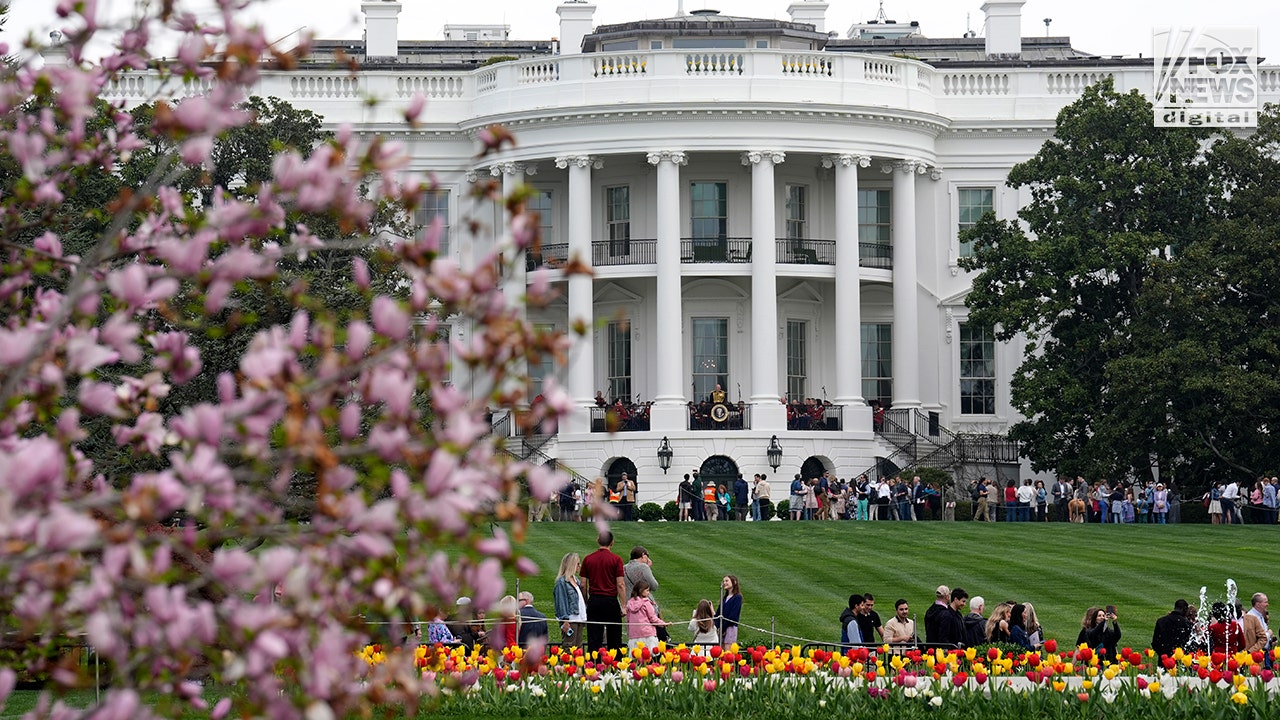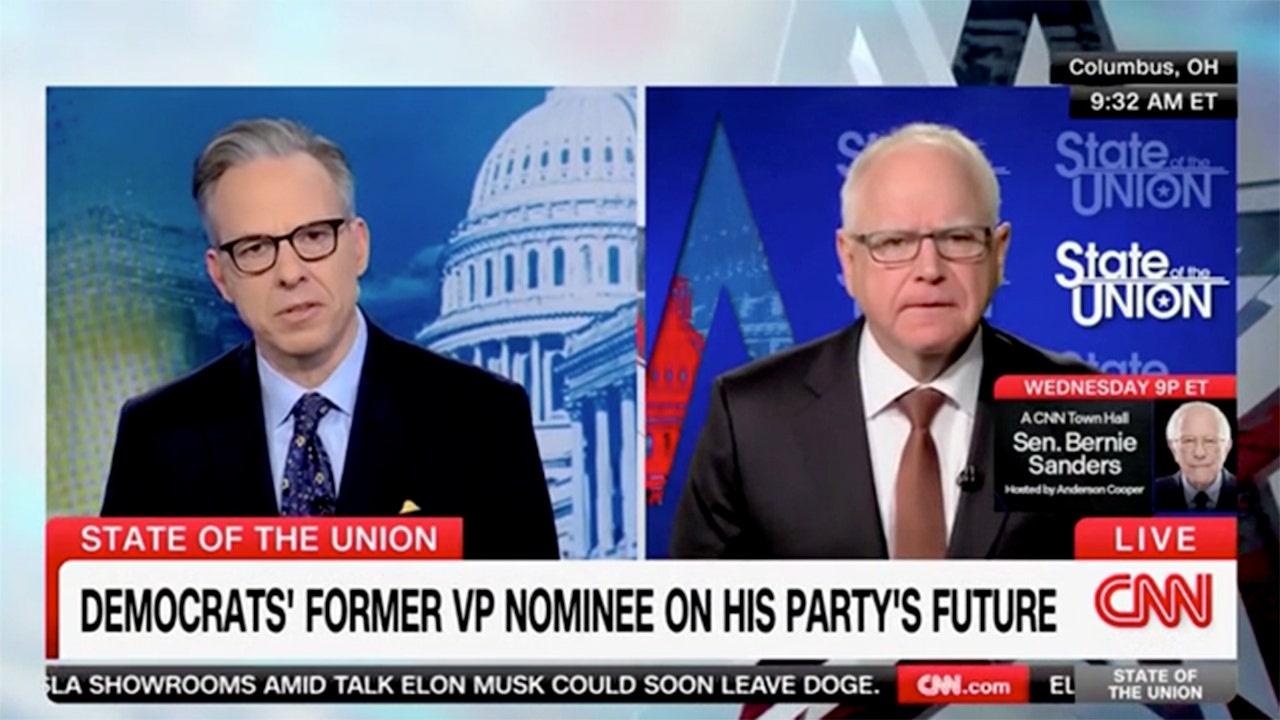With Wednesday’s sweeping announcement of tariffs, Donald Trump has achieved one of his major goals for this term: raising taxes on imports. As he said in the Rose Garden, “For decades, our country has been looted, pillaged, raped, and plundered by nations near and far, both friend and foe alike,” and he intends to even the odds. This is part of his plan to remake America’s relationship with its government.
So far, the controversy over these tariffs is breaking out along predictable lines. Many critics are attacking his policy by pointing out that tariffs ultimately hurt countries by reducing standards of living more than they help by providing a few jobs. Others are horrified by the slapdash work behind the new tariff rates. Even Michael Pettis, whose book Trade Wars Are Class Wars is a lodestar of the New Right’s economic thinking, said the tariffs “are unlikely to be very helpful.”
Trump’s supporters mainly push back by pointing out that trade with China enriched a hostile Communist country that is now a superpower. Most are quieter about trade with allies, which makes up the lion’s share of American imports.
This debate, however, misses the point of Trump’s tariffs, which are part of his overall plan to reconfigure the American relationship with the administrative state. Trump views the government as not merely bloated and inefficient, but a major impediment to American flourishing. It’s not just regulations that are a problem. The tax code is fiendishly complex and encourages all sorts of perverse behaviors.
Trump’s solution for these problems has three stages. First, unleash Elon Musk and his whiz kids at DOGE. As Musk recently told Fox News’s Bret Baier, his goal is to cut $1 trillion from the federal budget, which currently stands close to $7 trillion, “without affecting any of the critical government services.” Then, generate new revenue with tariffs. According to Trump’s trade adviser Peter Navarro, the government should get about $700 billion annually from taxes on imports.
If all goes according to plan, there will be $1.7 trillion annually of cuts and new funding that can be used to accomplish other administration goals, such as zeroing out taxes on people making less than $150,000. At the end of this process, there should be less federal spending, fewer bureaucrats to create new regulations, fewer distortions in the tax code, and more incentives for businesses to move their manufacturing facilities to the United States.
But there are plenty of ways this could go wrong. Cutting $1 trillion without losing needed services is a major undertaking, and DOGE may not accomplish it. If DOGE’s attempted reforms to the Social Security Administration inadvertently prevent seniors from accessing their retirement checks, the midterms could be a bloodbath.
The tariffs could also fail. A Fox News poll found last month that a majority of Americans think tariffs hurt the economy, so Trump is already skating uphill politically. J.P. Morgan predicts that, if no one changes their buying habits despite increased prices, the tariffs will bring in less than $400 billion and “could take the economy perilously close to slipping into recession.” If that happens, or if manufacturers fear a trade war too much to invest in new factories, that majority could turn out for the Democrats.
Liberation Day is also overturning one of the pillars of America’s foreign policy. The last time Americans raised taxes on imports this high, the Smoot-Hawley tariffs set off a trade war that prolonged the Great Depression. They also helped pull the rug out from the struggling democracy in Weimar Germany, easing Adolf Hitler’s path to power.
After World War II, Americans adopted a different strategy for economic statecraft. Through institutions like the General Agreement on Tariffs and Trade, Washington helped Europe and Japan rebuild. The operating theory was that wealthy countries were less susceptible to Communism and capitalist countries tended to be friendly to the United States, so creating wealthy, capitalist countries helped national security. This worked well during the Cold War, although post-Cold War decisions such as letting Communist China into the World Trade Organization backfired.
From Trump’s perspective, even the Cold War strategy was a rip-off. He is betting America’s allies are too dependent on U.S. technology and security assistance to retaliate with their own tariffs, or that he can quickly make the United States so strong those allies will be less necessary.
This is going to be tough to pull off. After years of quietly pulling out of the Chinese market, Japanese and South Korean trade officials met with their Chinese counterparts last weekend. Other trade partners are preparing their own lists of tariffs to strike back.
Toward the end of the announcement, Trump said, “It’s going to be a day that hopefully you’re going to look back in years to come and you’re going to say, you know, he was right.”
Hopefully.
Read the full article here









